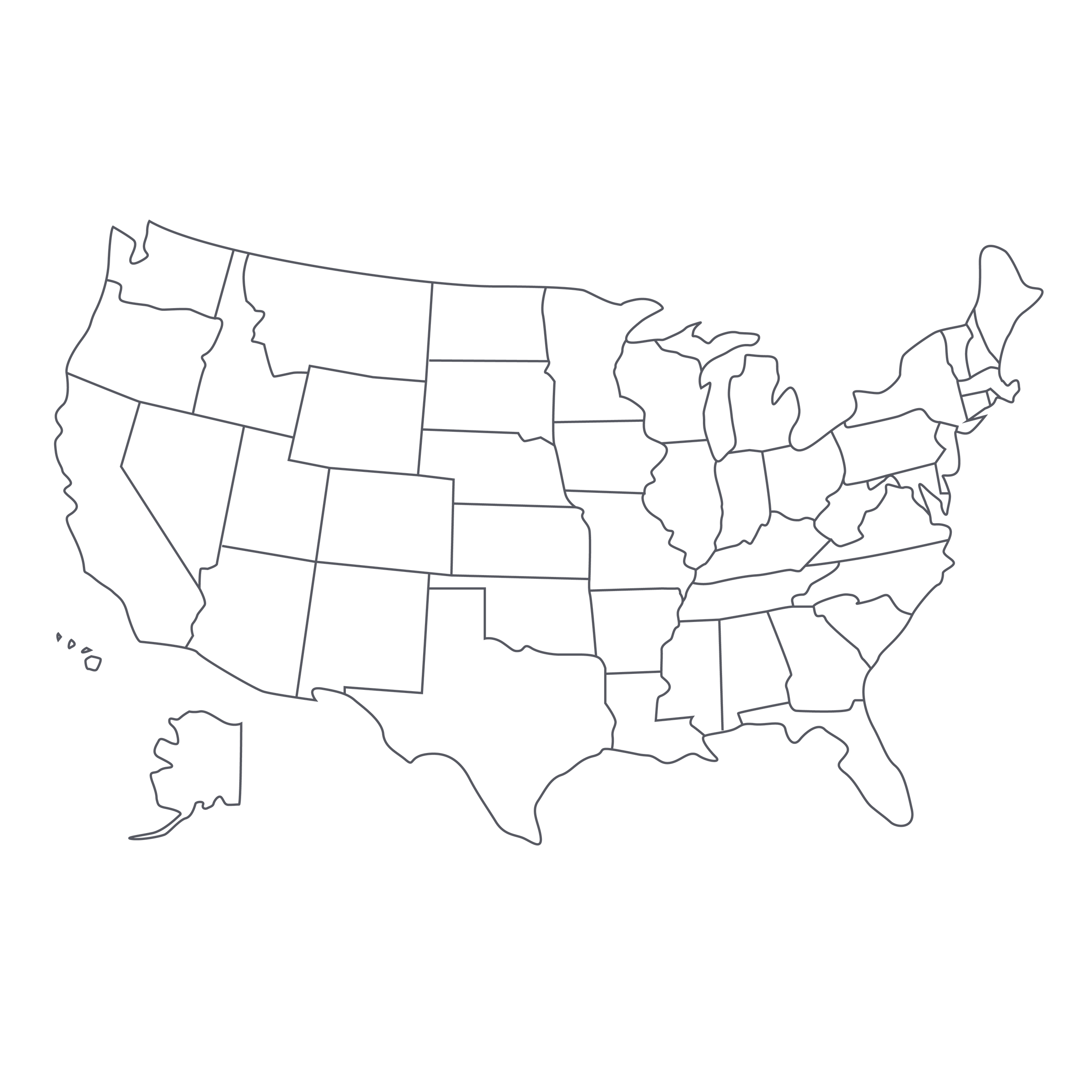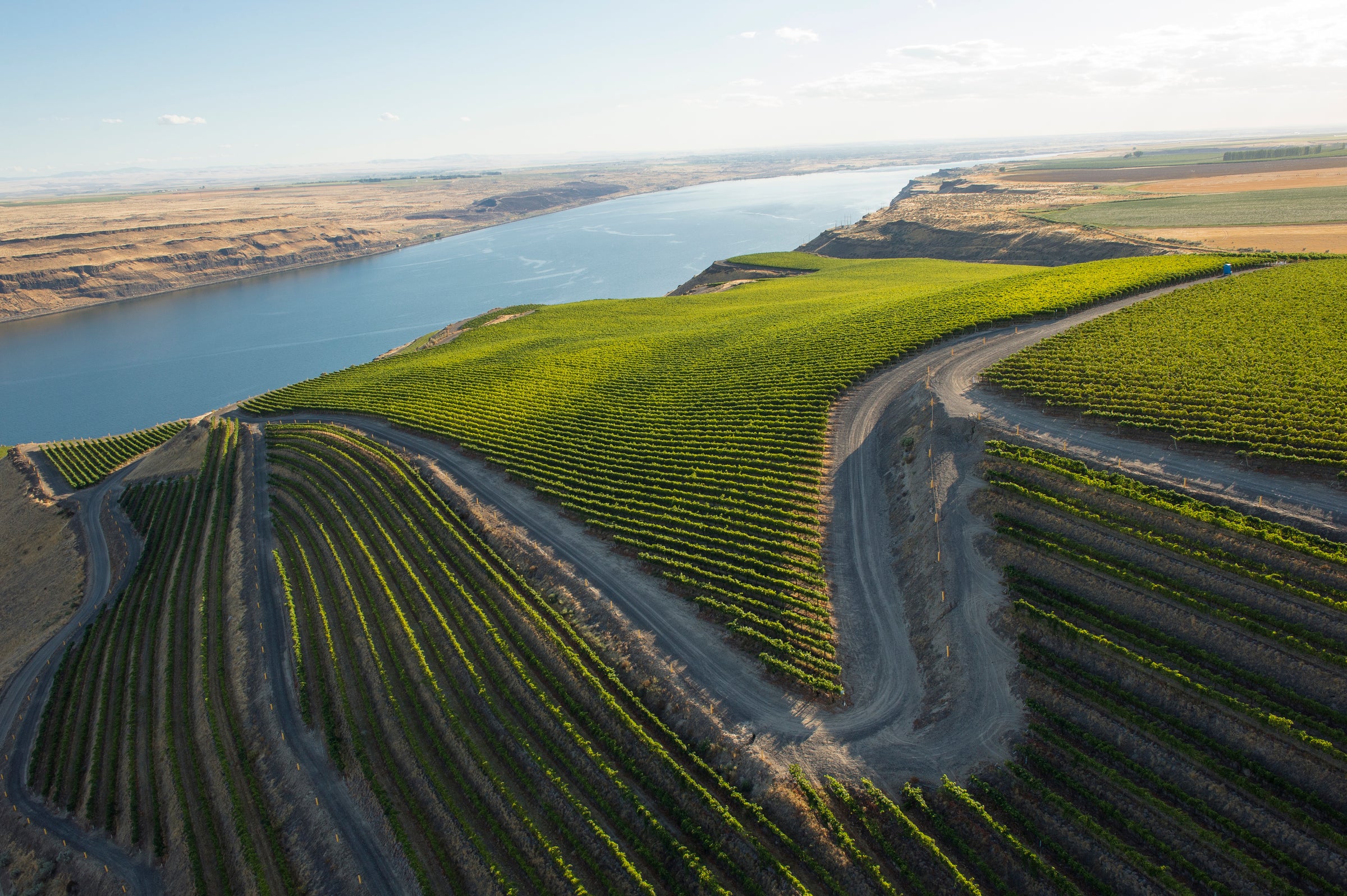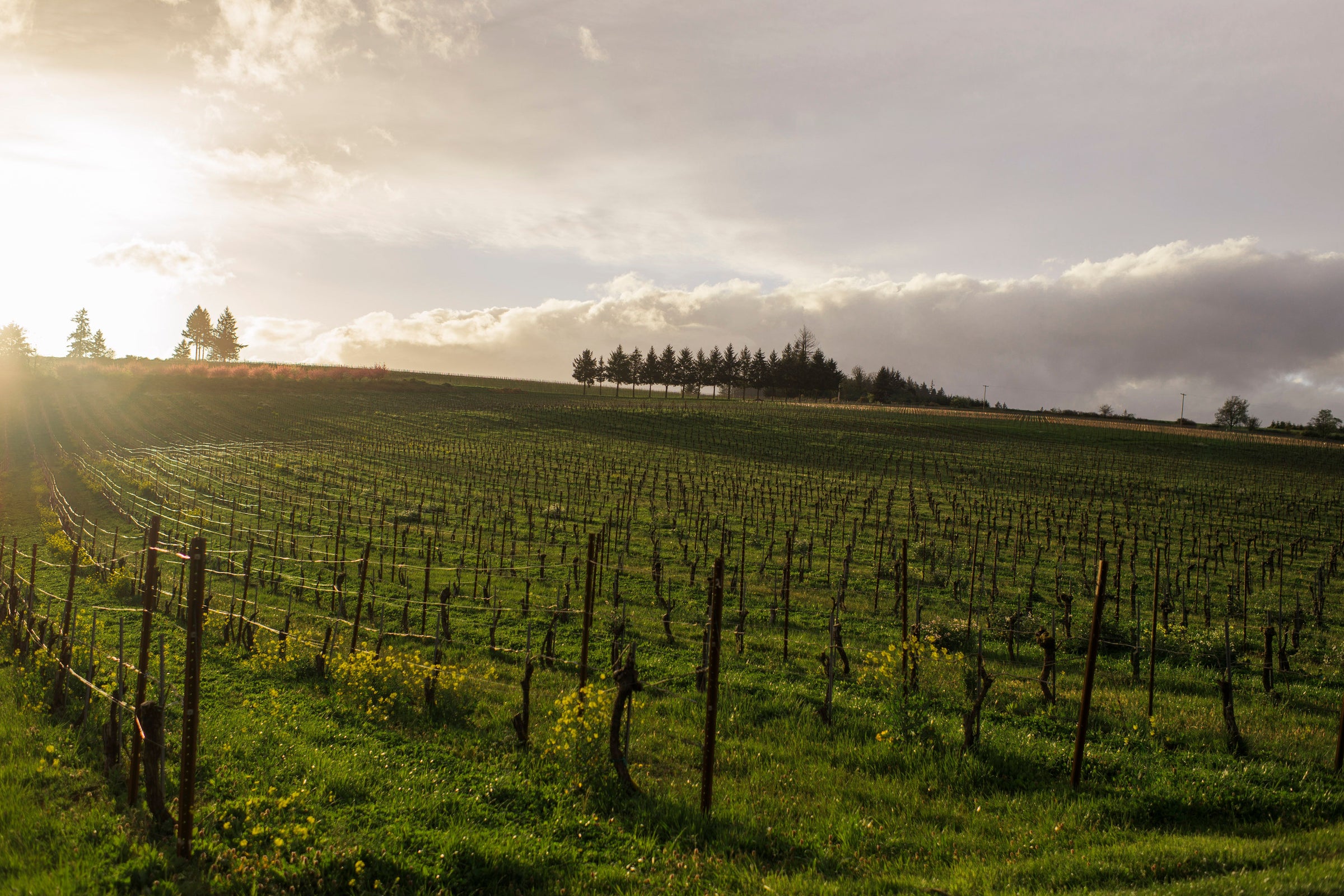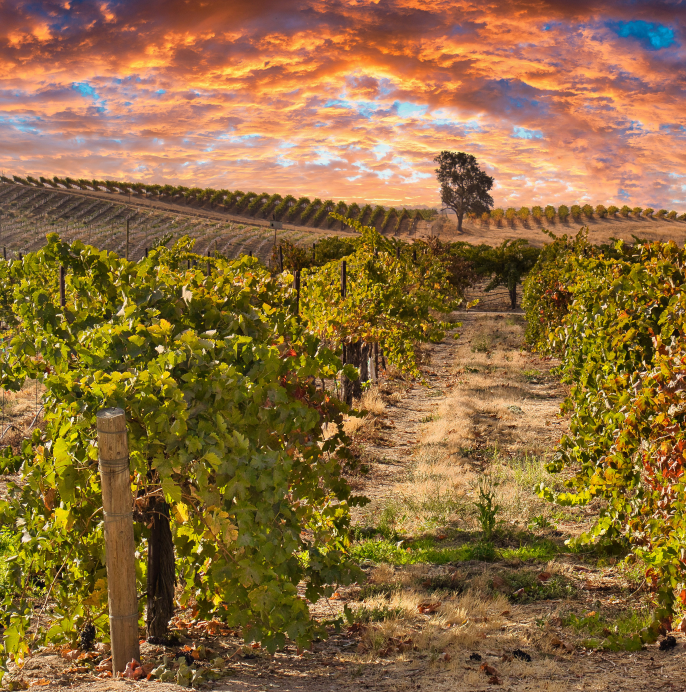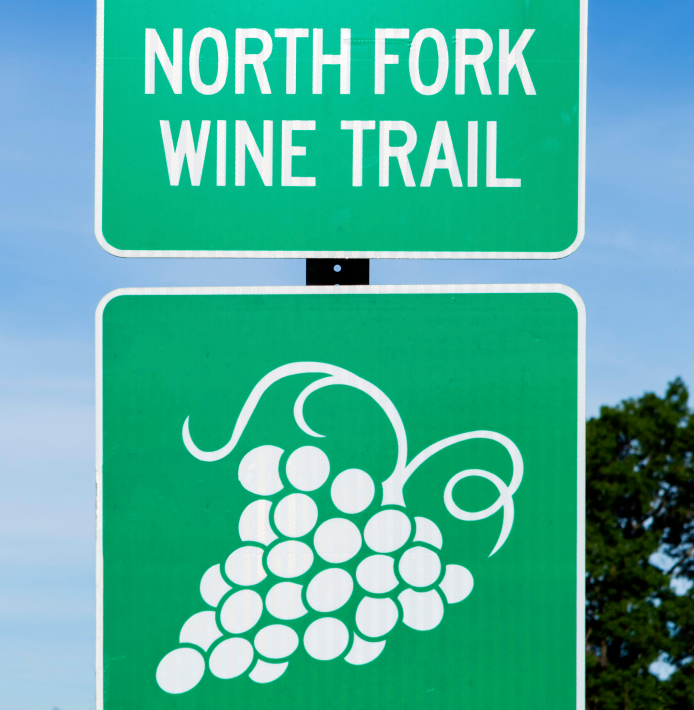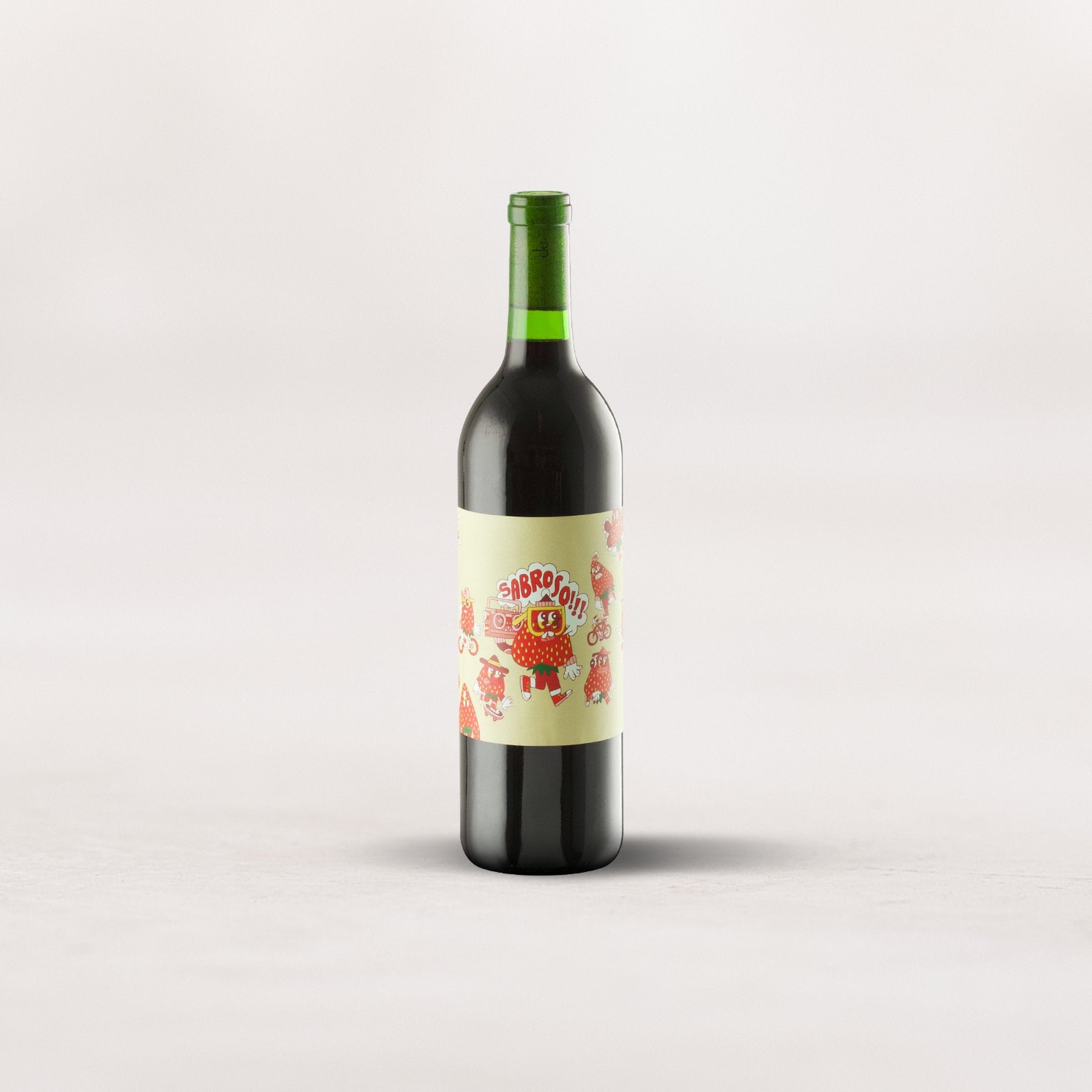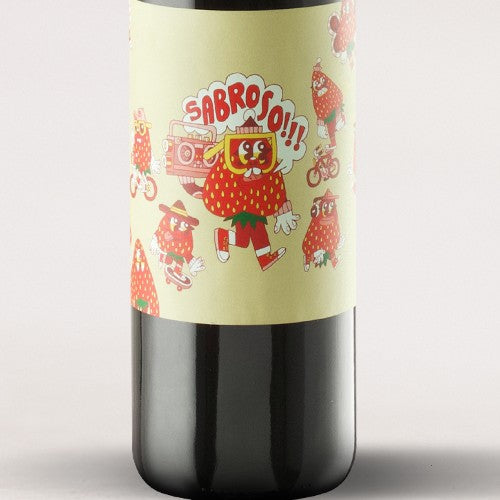Keen-eyed readers will recognize the name, if not the label/bottle, of today’s quenching, charming, fascinating red blend. It has undergone several iterations since it was first introduced a few years ago, but there has been one constant: It is extremely sabroso (“tasty”)! Its maker, sixth-generation Californian Ted Glennon, has seen every facet of the wine business—as a sommelier, a wholesaler, an importer, an educator, and now, a winemaker. And with “Sabroso,” he’s telling a story he feels isn’t told enough—that of the rich history and diversity of California wine. He’s what sports fans would call a “homer.”
Based in Salinas, Glennon has cultivated close relationships with top growers throughout California, but especially in the Santa Cruz Mountains and Monterey. For this bottling, he sources organic, old-vine fruit from vineyards in Arroyo Seco, Carmel Valley, and San Benito, fashioning a multi-AVA “California wine” in a bright, silky, easy-drinking style. Among its ingredients is an obscure variety called Cabernet Pfeffer, a.k.a. Gros Verdot or Mourtau, a “lost” Bordeaux variety that turned up in California at the end of the 1800s, but the driving force in the ’22 edition is Grenache—and rare is the wine from anywhere that captures the lifted, red-fruited, Pinot Noir-ish side of Grenache like this one does. It is brilliant, affordable, and, in the parlance of today’s cool wine kids, “crushable.” You should plan to have some close at hand, well chilled, all summer long!
Historic, organically farmed vineyards are the soul of Sabroso. The Grenache, which is the dominant component in the blend, comes from the gravelly soils of Arroyo Seco, while the Zinfandel grows at 900 feet on a granitic hillside in Carmel Valley. Complementing these two cool-climate Monterey County sites is the Siletto Vineyard in nearby San Benito, where they grow ‘own-rooted’ Cab Pfeffer in soils of deep gravelly loam.
Glennon’s new imprimatur for his growing lineup of terroir-focused wines is Vinos Finos de California (some readers may be familiar with another of his labels, Vöcal, under which this wine used to be sold). These wines are intended to be “celebrations” of California’s culturally diverse viticultural history, with special attention paid to the assorted appellations influenced by the deep, cold Monterey Bay (past vintages of “Sabroso” have included fruit from the legendary Enz Vineyard in San Benito’s Cienega Valley).
Driven by old-vine Grenache and Zinfandel, this ’22 will likely be the silkiest, most ethereal expression of these varieties you’ve ever experienced from California. Both the Grenache and Cabernet Pfeffer (a spicy, lavender-scented variety) are fermented with whole grape clusters intact, while the Zinfandel is de-stemmed. All fermentations are fueled by ambient yeasts, with daily “punch-downs” (the re-introduction of skins to juice) done by hand. It’s a youthful style, bottled after six months of aging in neutral oak, but there is enough structure for short-term aging.
There’s a kindred quality to Mediterranean Grenache-based reds like Gigondas and Cannonau di Sardegna, albeit with a more taut, cool-climate footprint. It’s a see-through ruby red in the glass with hints of magenta and pink, with a perfumed nose of ripe fruits and florals that showcase the Pinot Noir-ish qualities of Grenache. There are also purple fruits (figs, beetroot, lavender) along with red currant, blood orange, underbrush, and black pepper. It is medium-bodied and juicy, with a refreshing tanginess to the finish. Serve it in Burgundy stems at a cooler temp (50-55) for optimal results, ideally with burgers, bbq, or, in a nod to California wine’s Latinx heritage, tacos al pastor. You won’t find a better vin de soif (“wine for thirst”) anywhere!
